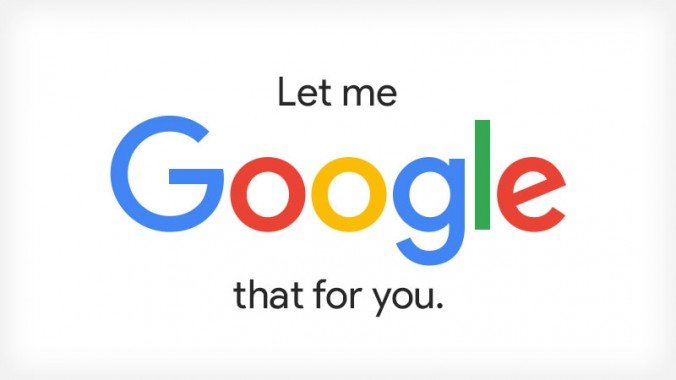As I sit here typing this, a pot of ghost pepper jelly is getting to temperature on the stove, getting ready to be canned, labeled, and eventually handed out to family and friends over the holidays. My wife and I grew many of the ingredients in our backyard garden (supplemented with some not-worth-the-space green bell peppers), and I’ve developed reasonable canning instincts, if that’s even a thing.
My 24-year-old self would be embarrassed.
My 34-year-old self is quite content.
Like most, I had a 10-year plan early in my career. It’s cool to see how many of those things that I had hoped for my future self are now reality (marriage, getting my MBA, co-founding a successful start-up). I’m also humored (and humbled) by how much I didn’t achieve (amongst the incredibly long list are: running a marathon; getting my pilot’s license; and buying a private island [no, really, it’s on the list]).
Most striking have been the imperceptible-at-the-time ways that I’ve grown beyond the limits of what my 24-year-old self put on me. I’m less of a hot-head. I’m more patient and detail-oriented. I’m more open to negative feedback. I’m less worried about keeping score. I swear less. Ultimately, I’m someone I wouldn’t have entirely recognized (and not just because i’m going prematurely gray).
For those who are wringing their hands over Millennials, please stop. We’re capable of developing and testing plans, encountering challenges, and seeing the world a little differently on the other side. Some of that growth will be supported by people who are actively willing to guide us (that could be you!). More of that growth will come from people who serve as the anti-example. We’ll eventually figure out what works and adapt what we’ve learned to new situations. We’ll pick up skills that we didn’t even recognize existed. And in your honor, baby boomers, we’ll complain about how the generation behind us is lazy, doesn’t know how to communicate, and is unprofessional; nothing like how we were when we started our careers.
Alright, now who wants some pepper jelly?


